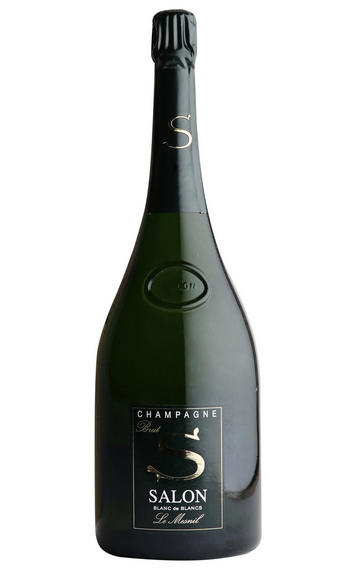
2007 Champagne Salon, Le Mesnil, Blanc de Blancs, Brut
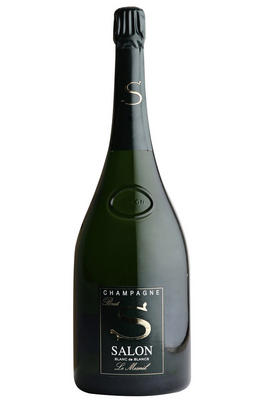
Critics reviews
William Kelley - 30/04/2019
About this WINE
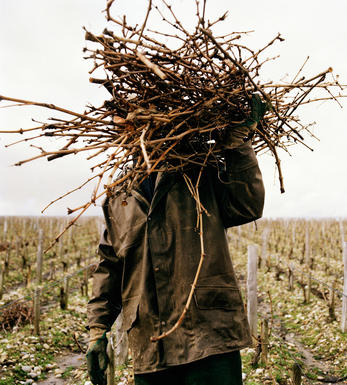
Salon
Salon, a tiny house on the Côte de Blancs, produces what connoisseurs consider to be the quintessential Blanc de Blancs. Salon produces Champagnes in minuscule amounts (50,000 bottles a year, if at all) from over 40-year-old vines in Le Mesnil-sur-Oger (one of the greatest crus of the Côte de Blancs).
Salon produces the only wine in the world not to be made every year and is on average only declared about 3 times a decade. Salon is extremely delicate, subtly rich and with age (20-30 years or more) develops notable aromas and flavours of coconut, walnut, coffee and vanilla. All champagne lovers should experience Salon at some stage. Exquisite.
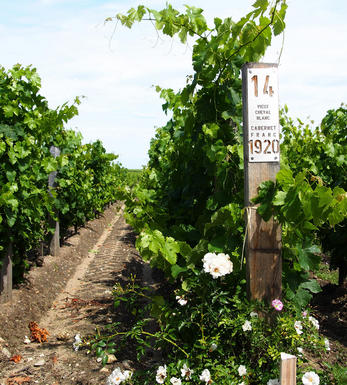
Blanc de Blancs
In Champagne, the term Blanc de Blancs designates Champagnes made only from Chardonnay grapes. The vineyards located between Cramant and Mesnil-sur-Oger in Cote de Blancs yield the best examples of the style.
A classic Blanc de Blancs is restrained and elegant when young, yet with ageing it develops a mouth-coating brioche richness that overlays an intense expression of fruitiness. Blanc de Blancs are endowed with longer ageing potential than a typical Blanc de Noirs.
Recommended Producers: Salon, Billecart Salmon, Jacques Selosse, Dom Ruinart, Krug, Le Mesnil Grand Cru, Guy Larmandier
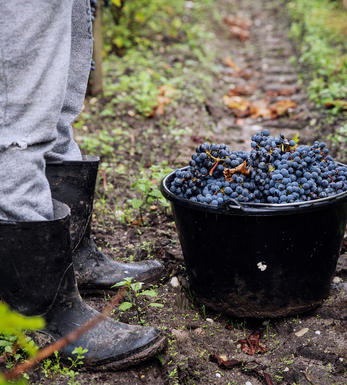
Champagne blend
Which grapes are included in the blend, and their proportion, is one of the key factors determining the style of most Champagnes. Three grapes are used - Pinot Noir, Chardonnay and Pinot Meunier.
26% of vineyards in Champagne are planted with Chardonnay and it performs best on the Côtes des Blancs and on the chalk slopes south of Epernay. It is relatively simple to grow, although it buds early and thus is susceptible to spring frosts. It produces lighter, fresher wines than those from Burgundy and gives finesse, fruit and elegance to the final blend. It is the sole grape in Blancs de Blancs, which are some of the richest long-lived Champagnes produced.
Pinot Noir accounts for nearly 40% of the plantings in Champagne and lies at the heart of most blends - it gives Champagne its body, structure, strength and grip. It is planted across Champagne and particularly so in the southern Aube district.
The final component is Pinot Meunier and this constitutes nearly 35% of the plantings. Its durability and resistance to spring frosts make the Marne Valley, a notorious frost pocket, its natural home. It ripens well in poor years and produces a soft, fruity style of wine that is ideal for blending with the more assertive flavours of Pinot Noir. Producers allege that Pinot Meunier lacks ageing potential, but this does not deter Krug from including around 15% of it in their final blends.


Buying options
Add to wishlist
Description
The superb 2007 Brut Blanc de Blancs Le Mesnil wafts from the glass with a beautiful bouquet of crushed chalk, lemon oil, crisp green apple, white flowers and brioche. On the palate, it's medium to full-bodied, taut and incisive, with bright acids, a tight-knit core and a brisk mousse, concluding with a long, chalky and bone-dry finish. After the comparatively broad and fleshy 2002, 2004 and 2006 vintages, the 2007 Salon seems to mark a return to a racier, more precise stylethough admittedly that's in keeping with the style of the vintagethat makes me anticipate the release of the 2008 all the more eagerly.
William Kelley - 30/04/2019
wine at a glance
Delivery and quality guarantee